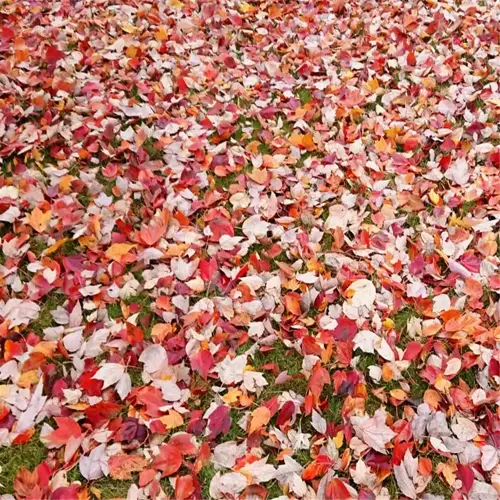Can drought-resistant plants survive poor soil?

Written by
Paul Reynolds
Reviewed by
Prof. Charles Hartman, Ph.D.Drought-resistant perennials, such as Butterfly Weed and Globe Thistle, thrive in poor soil that consists of rocky or sandy varieties. Drought-resistant perennials can establish deep roots and pull up nutrients and moisture far below the surface. I have witnessed places in Oklahoma, with neglected clay beds, exploding with blooms from Sedum with almost no soil preparation. Drought-resistant perennials (plants) have adapted to very poor soils.
Root Systems
- Butterfly Weed: Taproots reach 3-4 feet, accessing subsoil moisture in arid zones 3-9.
- Globe Thistle: Fibrous roots spread wide to stabilize gravelly slopes; thrives in zones 3-8.
- Sedum: Shallow but dense roots grip rocky outcrops, storing water in fleshy leaves.
Soil Strategies
- Sandy soil: Add minimal compost to avoid over-fertility; Yarrow thrives in lean conditions.
- Clay soil: Mix in gravel for drainage; Russian Sage tolerates heavy earth once established.
- Rocky soil: Skip amendments; Hens-and-Chicks colonize cracks with no added nutrients.
Forget about costly soil amendments. I had a client in New Mexico who turned a gravel driveway border into a beautiful landscape with Ice Plant and Agave with no compost. These 2 plants turned the gravel into paradise, while other plants just couldn't survive. So how did Ice Plant and Agave survive? They grow very slowly, and they have leaves or stems that hoard moisture!
Water wisely. Instead of watering frequently, even poor soil will encourage roots to push deeper by deep soaking every 3-4 weeks. One Texas gardener combined Lavender with decomposed granite, & it pushed 2 feet into the compacted soil & survived without water for 60 days.
Make cuts, in spring, to less than 12 inches to stimulate new growth, and prune for resilience. Poorly performing Russian Sage will invigorate when you cut them in the spring to less than 12 inches, ultimately forcing energy into new, drought-hardy growth. Do not fertilize, as Sedum performs very well in lean soil and often blooms more prolifically than in the rich soil of a garden. I used to see this in many Colorado rock gardens.
Read the full article: 15 Top Drought Resistant Perennials for Water-Wise Gardens

